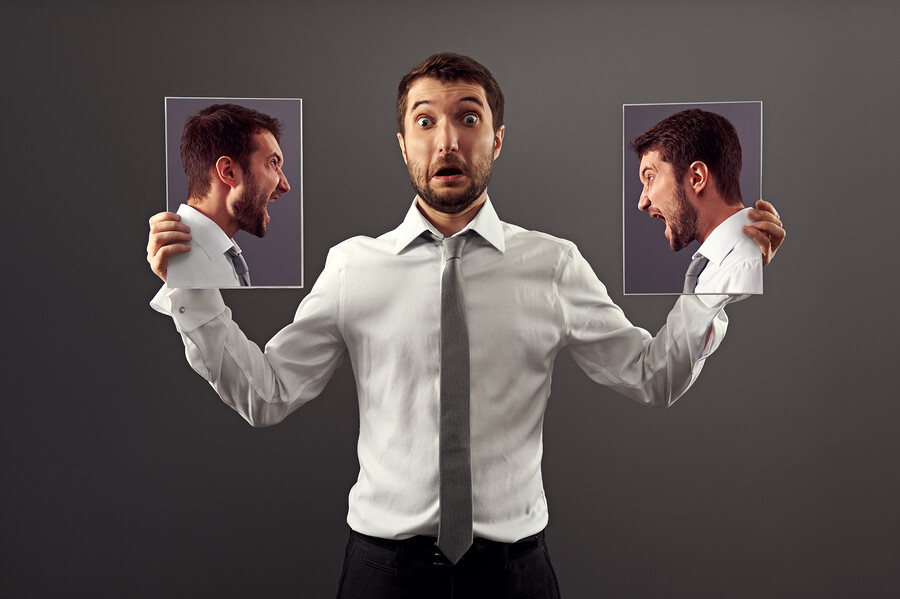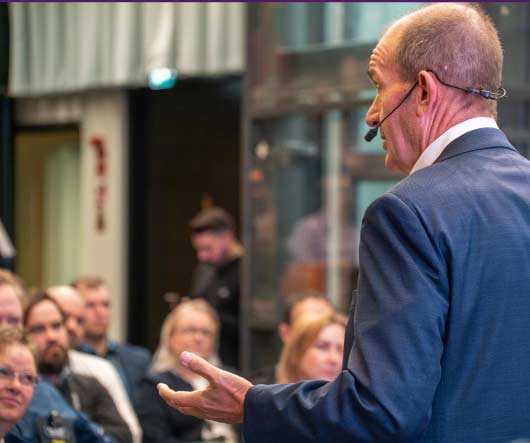Many years ago, I read a book that changed my life, The Experience Economy by Joe Pine, founder of Strategic Horizons. As a pioneer in the experience movement, Pine has a new customer strategy concept that we discussed on a recent podcast, so I thought I would share what we learned here as well.
Time Well Spent
Pine developed the Time Progression with his collaboration partner and colleague Dave Norton, founder of Stone Mantel and Insights Consultancy. Pine says he was inspired by Norton’s article in the Strategy and Leadership Journal when Norton wrote that “experience was time well spent.” Pine thinks people should value the time they spend with you.












